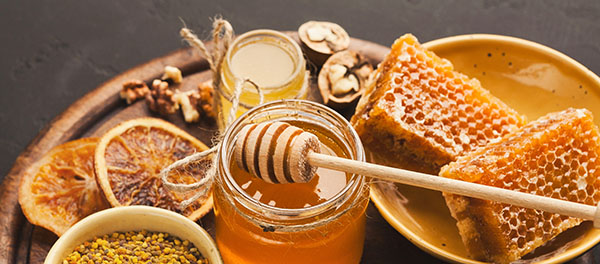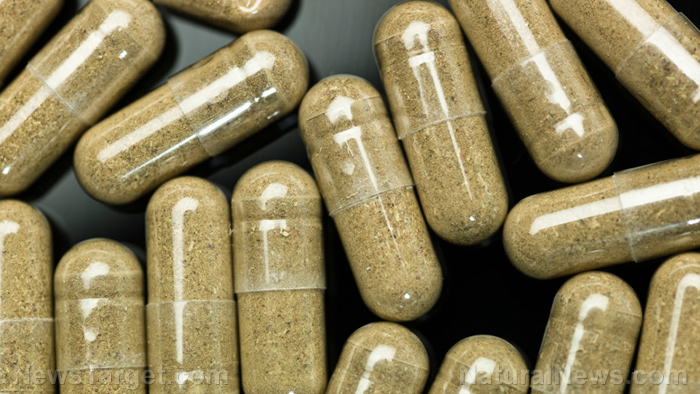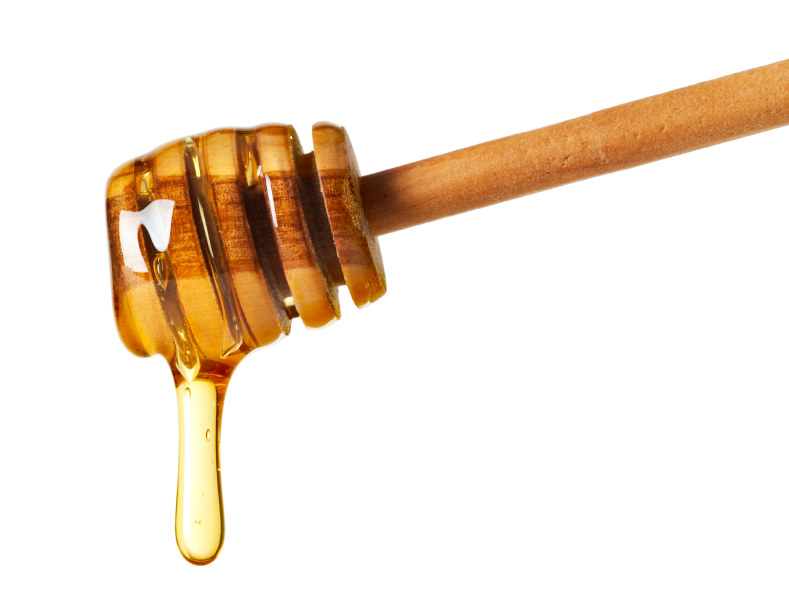
Bacillus sp. serve as sources for naturally-derived antimicrobial compounds, which can come in the form of either peptides or polyketides. Between these two, peptides, such as surfactins and fengycins, are more abundant than polyketides. These antimicrobial compounds are important for their role in the treatment of infections, as well as in food preservation.
In this study, crude extracts were acquired from BFP011 and subjected to further purification to determine the individual compounds present. This was done using thin-layer chromatography (TLC) and reversed-phase high-performance liquid chromatography (RP-HPLC). The purified fractions revealed the presence of macrolactins and amicoumacins, which are both non-peptides.
Antimicrobial activity of the crude extracts and the purified fractions were determined against Gram-positive and Gram-negative bacteria that are involved in human pathogenesis or food spoilage. Results showed that the compounds were effective against a variety of bacterial species. However, Gram-negative bacteria were observed to be less susceptible to the extracts than Gram-positive bacteria. This difference in sensitivity can be attributed to lower peptidoglycan content in Gram-negative bacteria, since most antimicrobial compounds work by inhibiting peptidoglycan synthesis.
The mechanisms of action of the purified fractions against Salmonella typhi ATCC 5784 were also determined based on changes in bacterial morphology when viewed under a scanning electron microscope. S. typhi was selected for this part of the study because of its ability to cause human disease and survive in low temperature, which could lead to food contamination. Exposure of S. typhi to the purified fractions led to an inhibition of its growth, showing that macrolactins and amicoumacins are sufficient for antimicrobial activity against S. typhi. It was also observed that cells treated with the purified fractions caused deformation of the cell membrane or formation of protrusions on the surface.
Based on these results, the researchers were able to determine that B. licheniformis BFP011 produces non-peptidic antimicrobial compounds, namely macrolactins and amicoumacins. They were also able to observe that these compounds work against various bacterial species and that their mechanism of action involves the destruction of the cell membrane in a time-dependent manner.
“Notably, the scope of potential applications would not be limited to suppressing the bacterial growth in food products, but also include novel antimicrobial therapeutics, which could help to promote human health by lowering the risks associated to infection with multiresistant bacteria,” the researchers concluded. (Related: Antibiotic-resistant bacterial infections continue to rise: Just how inept is the conventional medical industry?)
Natural food preservatives
Aside from naturally-derived antimicrobial compounds, the following natural substances can also protect food from contamination:
- Lemon juice – Lemons contain ascorbic acid that serves as an antioxidant that prevents spoilage due to oxidation. Aside from this, lemons also have citric acid, which has antibacterial activity. Unfortunately, lemon juice is not strong enough to preserve meat.
- Vinegar – Acetic acid in vinegar not only gives it its characteristic taste, but it also contributes antimicrobial activity that prevents the food from spoiling.
- Sugar – Sugar inhibits food spoilage by absorbing excess water since moisture is conducive for bacterial growth.
- Cayenne pepper – Generally speaking, spicy foods tend to have antimicrobial activity. Studies have shown that cayenne pepper can inhibit the growth of yeast, mold, and bacteria.
- Honey – The acidic pH of honey makes it an effective food preservative. Aside from this, honey can also absorb moisture and inhibit bacterial growth.
Learn more about the antimicrobial compounds found in Bacillus licheniformis by visiting Food.news today.
Sources include:
Please contact us for more information.























